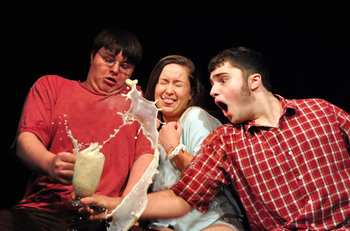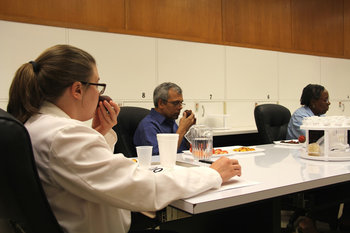
Input Flexibility
If a user enters data that isn't in the format an ecommerce site expects, the site attempts to understand the data anyway.Validation
An application for a banking application performs validation on user input to improve data quality and prevent errors. Users are asked to correct data that doesn't look right.Graceful Degradation
In the past, it was common for devices to completely shut down at the first sign of a serious error. Engineers reasoned that results might be unpredictable when a device continues to operate in the face of errors. This isn't typically what customers want as products and services that continue on get more respect. As such, it is increasingly common for products and services to continue to offer as much functionality as possible when errors are occurring.Safety
Graceful degradation is taken to extremes in situations where failure may be a safety risk. For example, a car may automatically limit speed but allow the vehicle to be driven when a major component has failed. This is done because it is dangerous for a car to come to a sudden stop in areas such as a major highway.Self Healing
Devices may perform self healing functions that not only continue when an error occurs but automatically repair the error with time. For example, an operating system may automatically repair broken files in the background and mark unreliable segments of data storage as unusable.| Overview: Fault Tolerance | ||
Type | ||
Definition | The ability to continue when errors are encountered as opposed to giving up and displaying an error message. | |
Related Concepts | ||





























